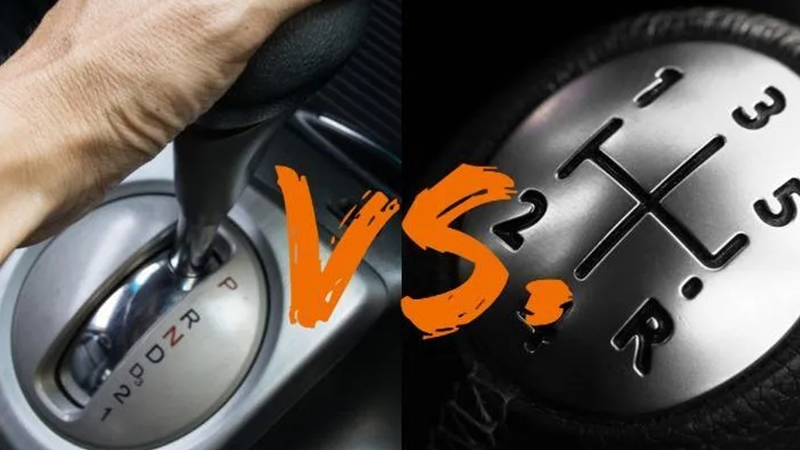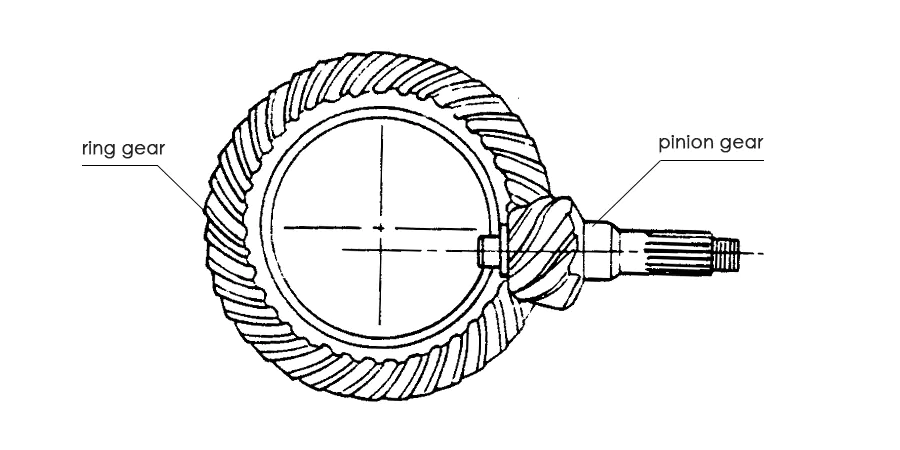Today’s topic is all about choosing between manual and automatic transmissions for off-road vehicles. If you’re still struggling with whether to buy a manual or automatic off-roader, don’t miss this discussion — we’re going to break it down and help you decide.

Basic Comparison: Fuel Consumption, Handling, and Maintenance
Manual and automatic transmissions each have their own advantages. There’s no one-size-fits-all choice — it depends on your needs.
Generally, manual cars are more fuel-efficient than automatics. Manuals also offer more driving engagement and control during aggressive driving. Automatics, on the other hand, are more comfortable and easier to operate.
In off-road scenarios, automatic transmissions are usually more comfortable and safer to drive. Manual transmissions require more skill, but once mastered, they offer a fun and rewarding experience.
However, manual vehicles have more wear-prone parts. Maintenance in off-roading isn’t necessarily cheaper than automatics, which is often overlooked.
Uphill Driving: Automatics Offer Safer Control
Let’s talk about uphill off-roading. Both transmissions have pros and cons, but automatics tend to be safer.
When stuck on a slope, an automatic lets you continue moving forward or switch to reverse just by pressing the pedal. No need to worry about losing power or stalling.
In contrast, a manual vehicle may lose power when you engage the clutch. If not handled correctly, this can lead to stalling or even rolling backward — which could be dangerous or cause serious accidents.
Thus, manual cars require more skill and carry higher risk on steep inclines.
Risk of Gear Changes on Slopes: Automatics Aren’t Perfect
That said, automatics can have a downside when charging up steep slopes. If the vehicle shifts gears mid-climb, it might lose power, fail to summit, or even get stuck.
Still, overall, automatics are generally safer than manuals on steep inclines.
Downhill Driving: Manuals Excel with Engine Braking
Now let’s talk about going downhill. Manuals actually shine here — they feel almost tailor-made for steep descents.
By engaging low-range 1st gear, especially in a diesel vehicle, the engine braking becomes powerful enough to control descent without ever touching the brake pedal.
Automatics Use Tech to Compensate on Downhills
This avoids excessive brake wear and heat buildup, reducing the risk of brake failure — a common issue with automatics that rely heavily on braking during descents.
Some modern automatics include crawl control or hill descent systems, which help manage speed electronically. While helpful, these systems still don’t feel as direct or reliable as a manual transmission with engine braking.
Water Crossings: Automatics Hold the Advantage
Now let’s talk about water crossings — a frequent off-road scenario.
Manuals are at a disadvantage here. Changing gears while in water risks letting water into the transmission, which can cause slipping or even complete failure.
Automatics fare better. You can engage low-range 2nd or 3rd gear and drive through water without needing to shift, reducing the chance of water ingress.
Sand Dunes: Automatics Provide Smooth, Continuous Power
When driving in sand or tackling dunes, automatics clearly win.
That’s because sand driving requires smooth, uninterrupted power. Any power loss — even momentary — increases the risk of getting stuck.
Automatics offer consistent power delivery, and their gear shifts are smooth and seamless. Manuals require clutch use, and that brief disengagement can cause the vehicle to lose momentum and bog down in soft sand.
Mud Recovery: Manuals Offer More Control
Let’s move on to muddy terrain — another common challenge.
Here, manuals perform better. You can keep the car in a single gear and floor the gas to power through the mud. Automatics may shift gears unexpectedly, which can reduce wheel spin and increase the risk of getting stuck.
Just like how mud-terrain tires are better than ATs due to their self-cleaning tread patterns, manuals allow you to maintain consistent wheel speed, which helps shed mud and regain traction.
Rock Crawling: Both Work for Skilled Drivers
Finally, let’s discuss rock crawling.
There’s not much difference between manual and automatic here — assuming you’re skilled at driving a manual. Manuals give more control and engagement; automatics offer comfort and ease. With low-range 1st gear engaged, an automatic can crawl over rocks steadily.
Manuals require precise throttle control and sometimes clutch finesse, making it more challenging but also more engaging for experienced drivers.
Which One Should You Choose?
So, which is better — manual or automatic?
Automatics offer greater safety, ease of use, and let you focus more on the road than gear shifts. Modern features like crawl control have significantly improved their performance.
Manuals provide more driving fun and control. If you’re experienced, you’ll enjoy the sense of connection they offer.
Whether you are building off-road vehicles, developing fleet solutions, or customizing drivetrains for specialized terrain, we’re here to help.
At XJX Parts, we manufacture and supply professional-grade limited-slip differentials, locking differentials, and gear sets for B2B clients worldwide.
Contact our expert team today — let’s build your traction advantage together.



